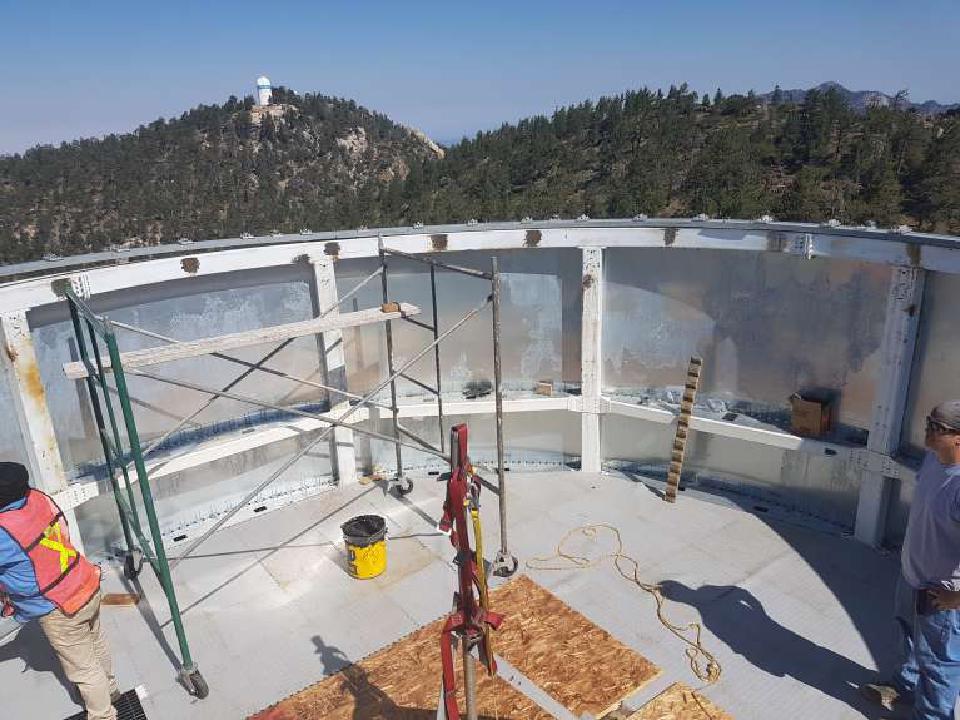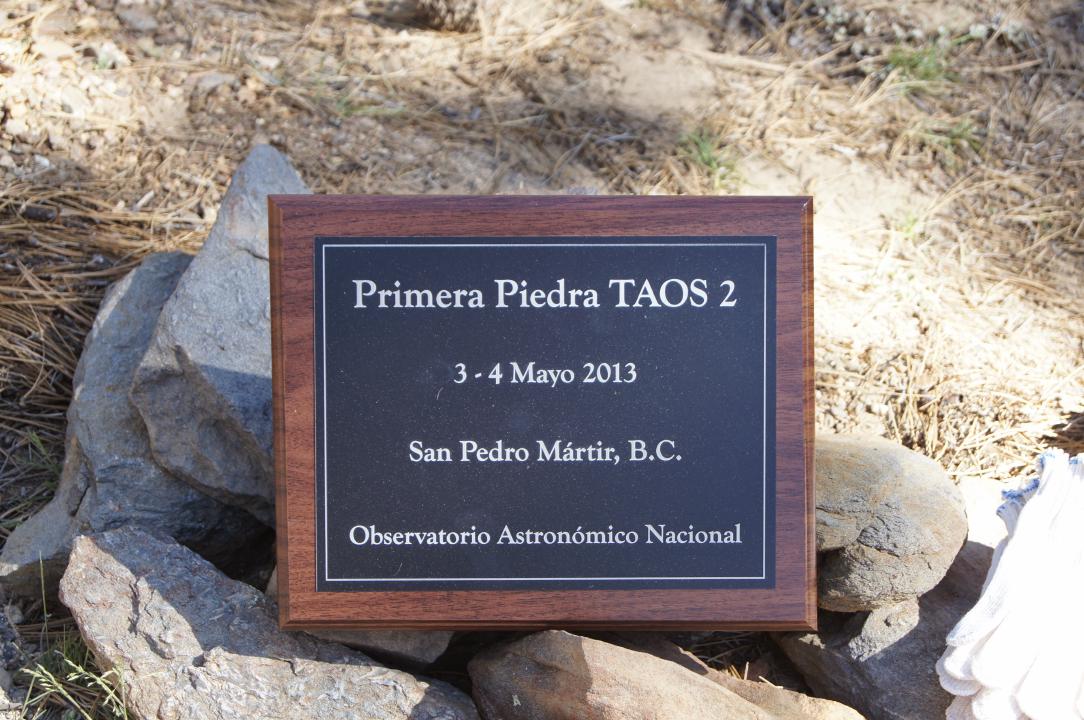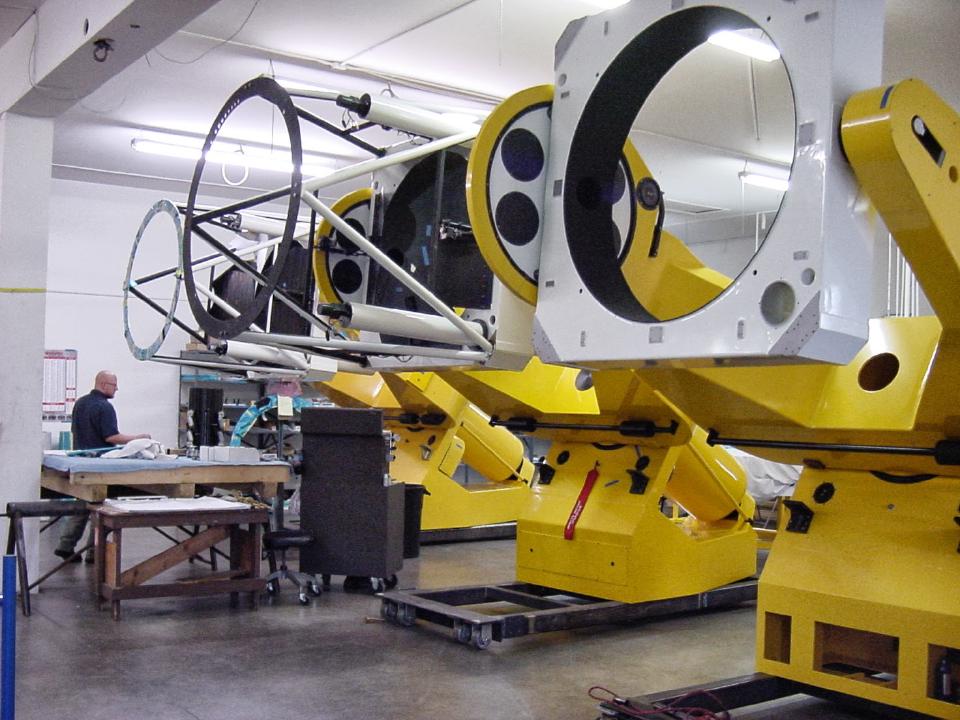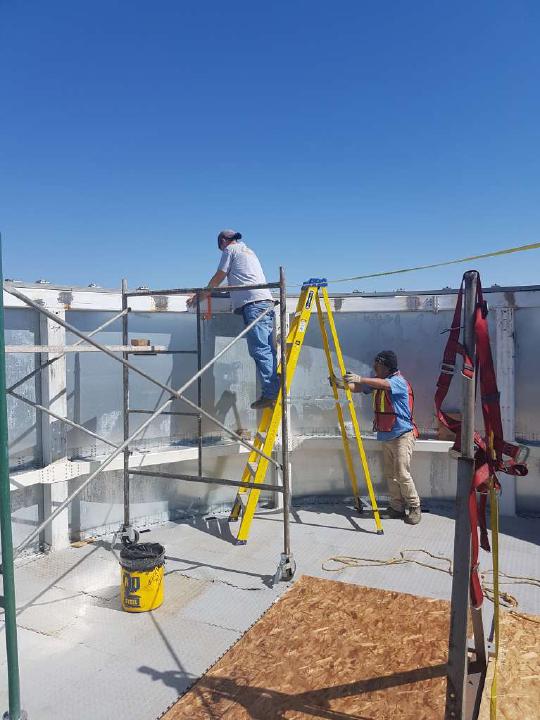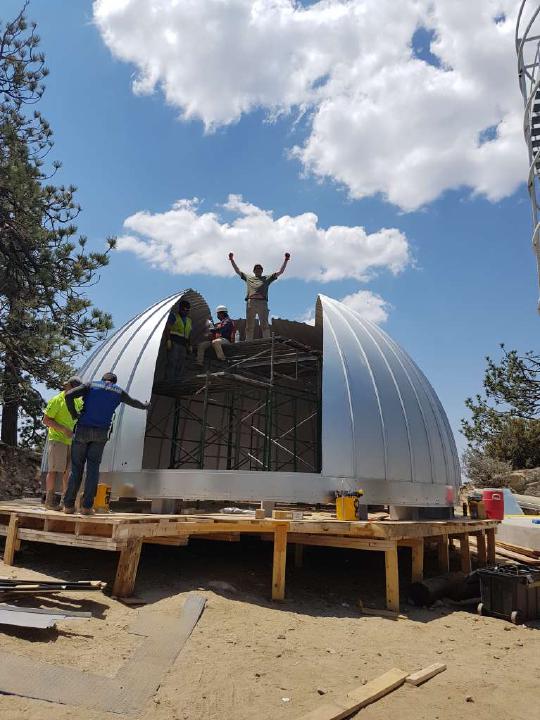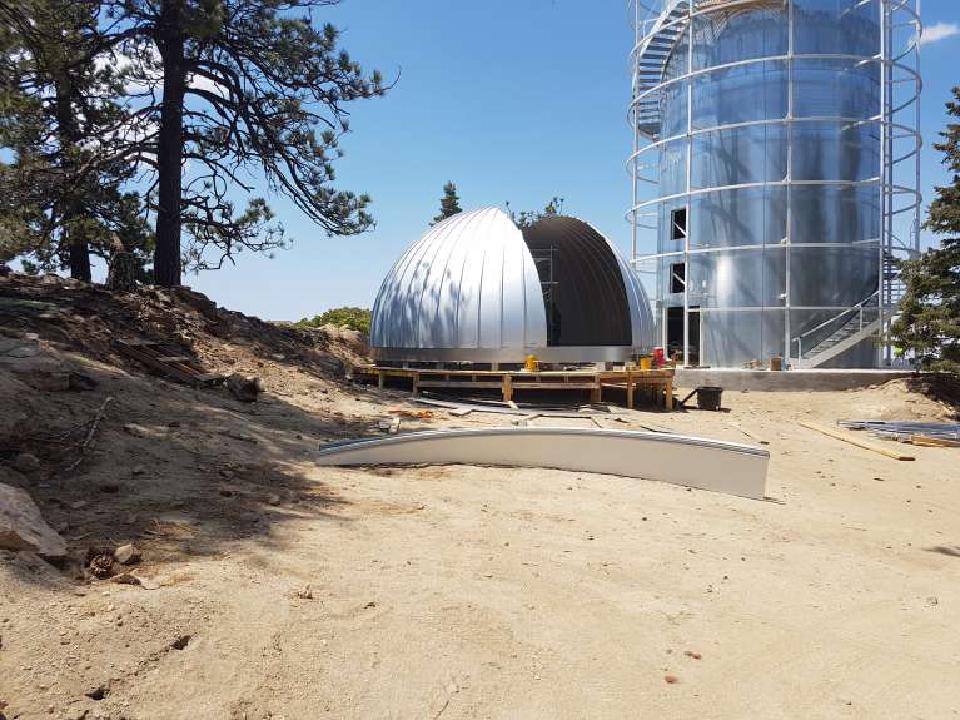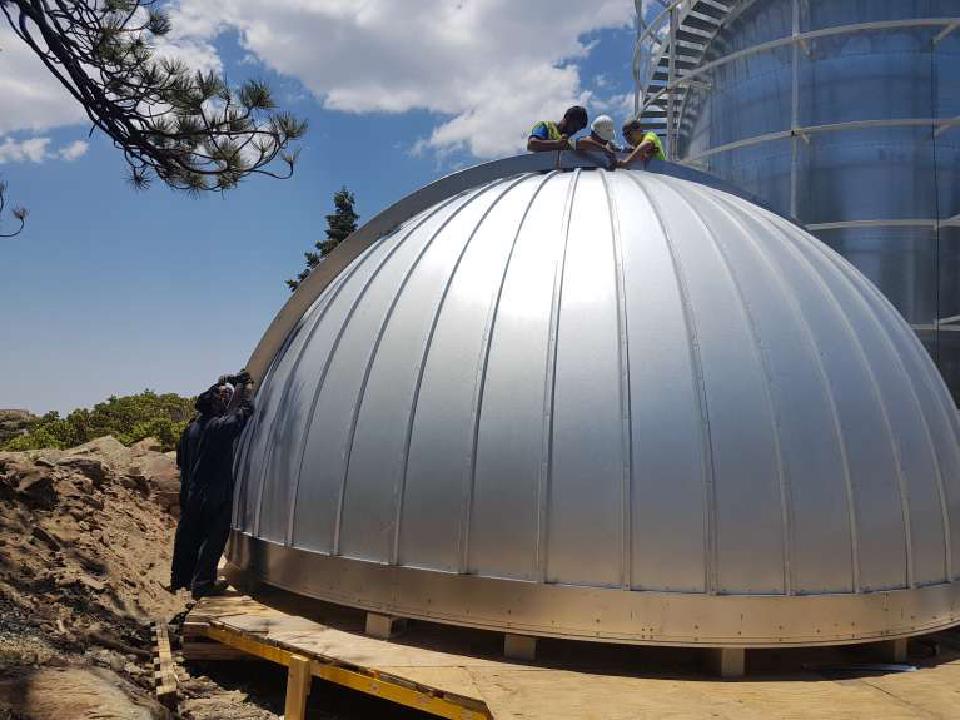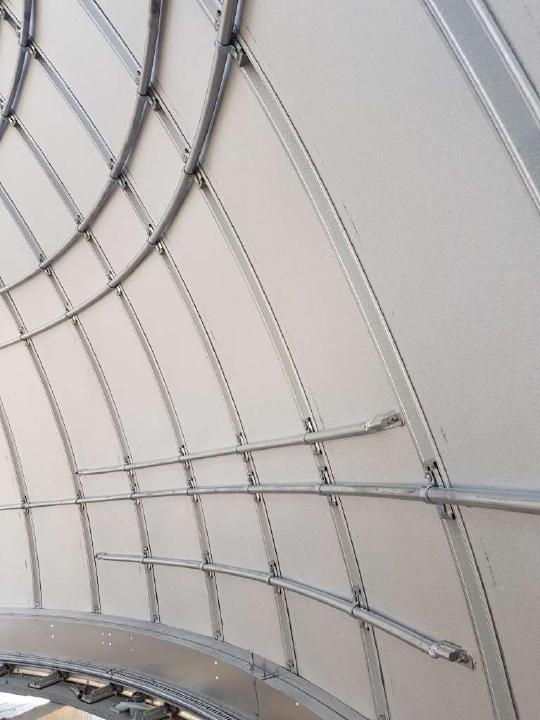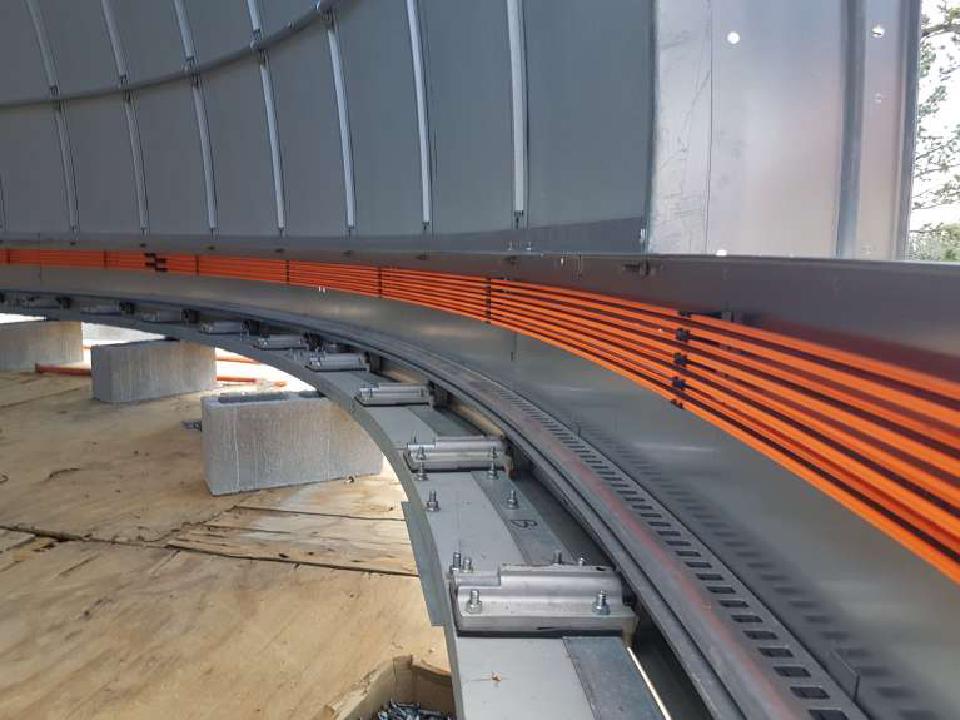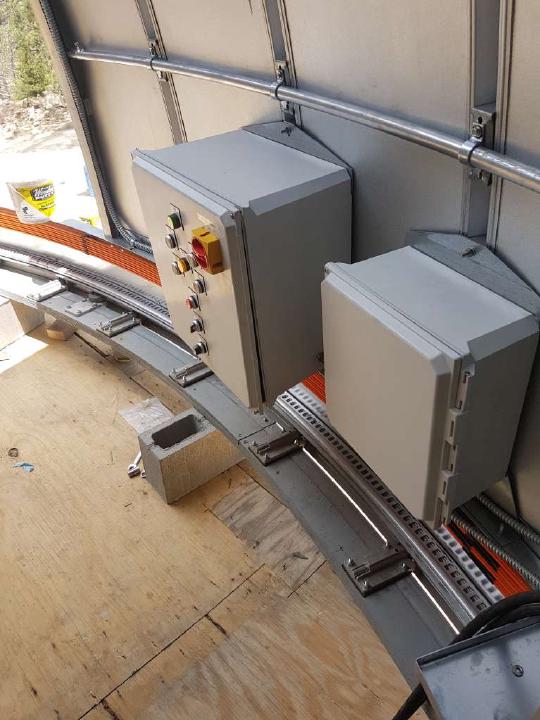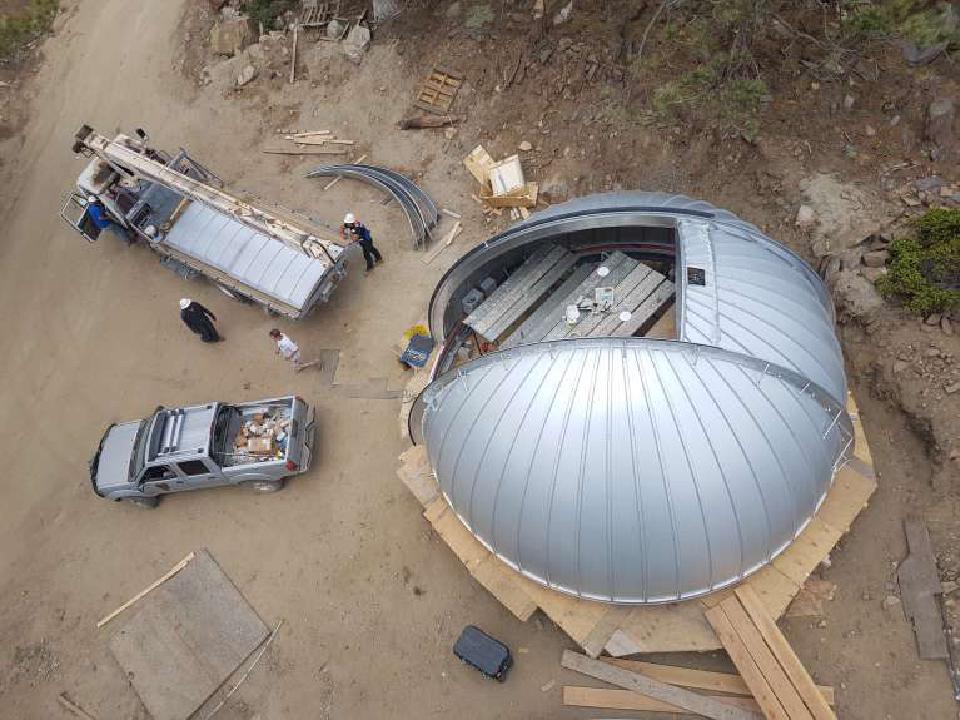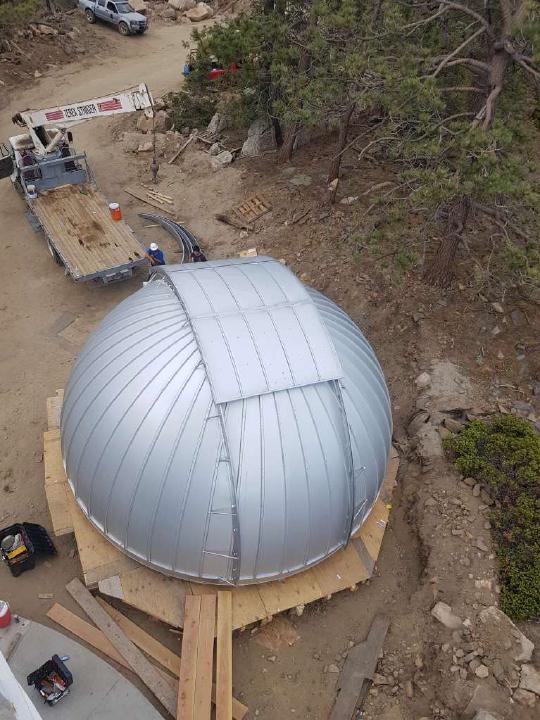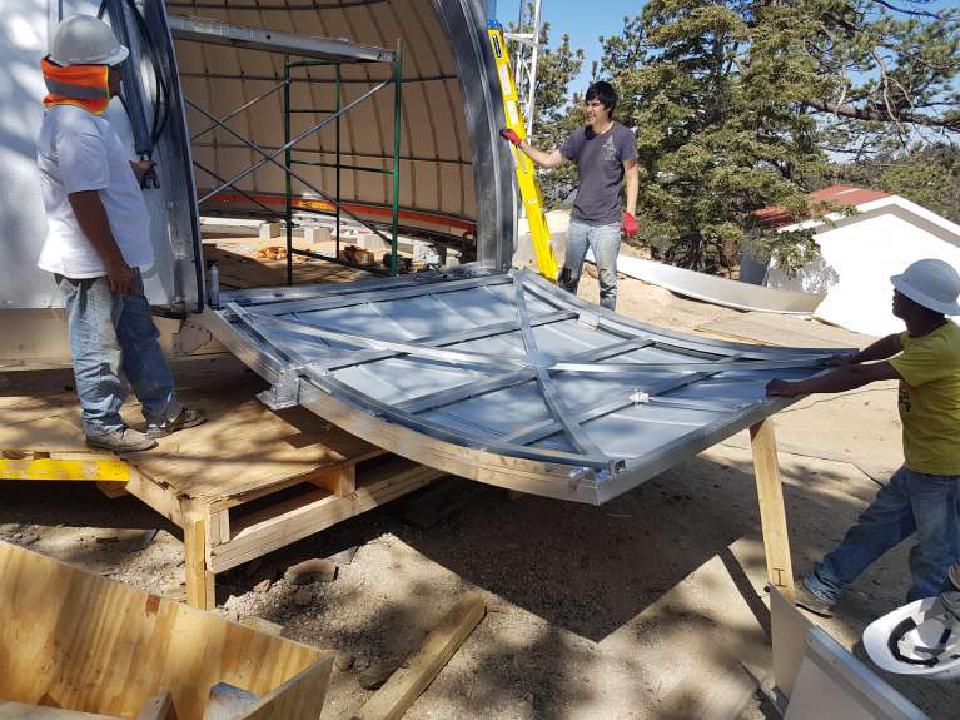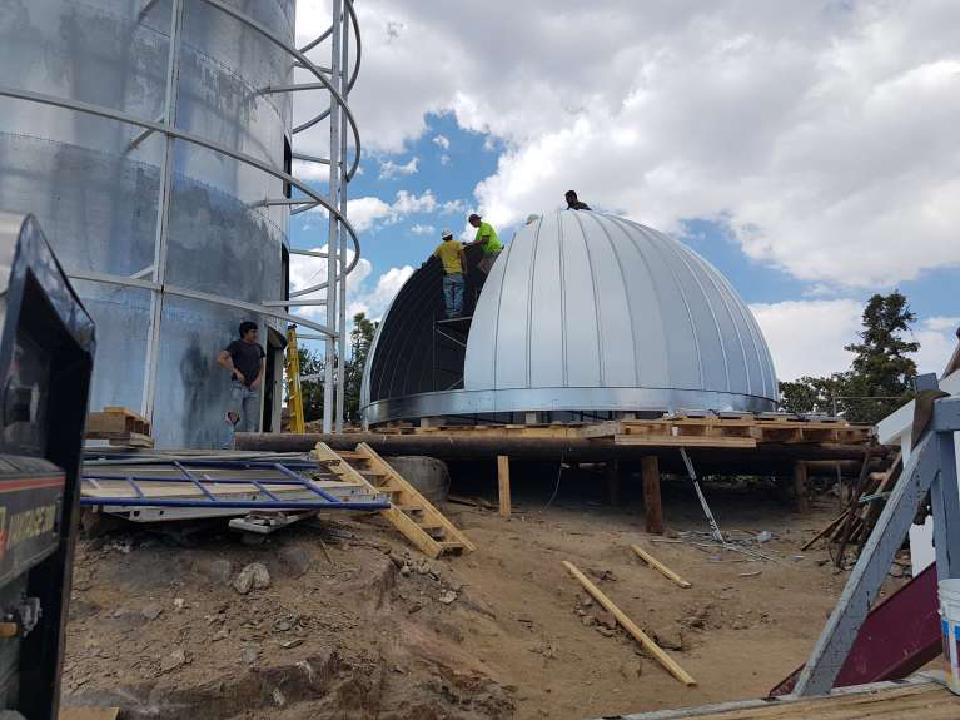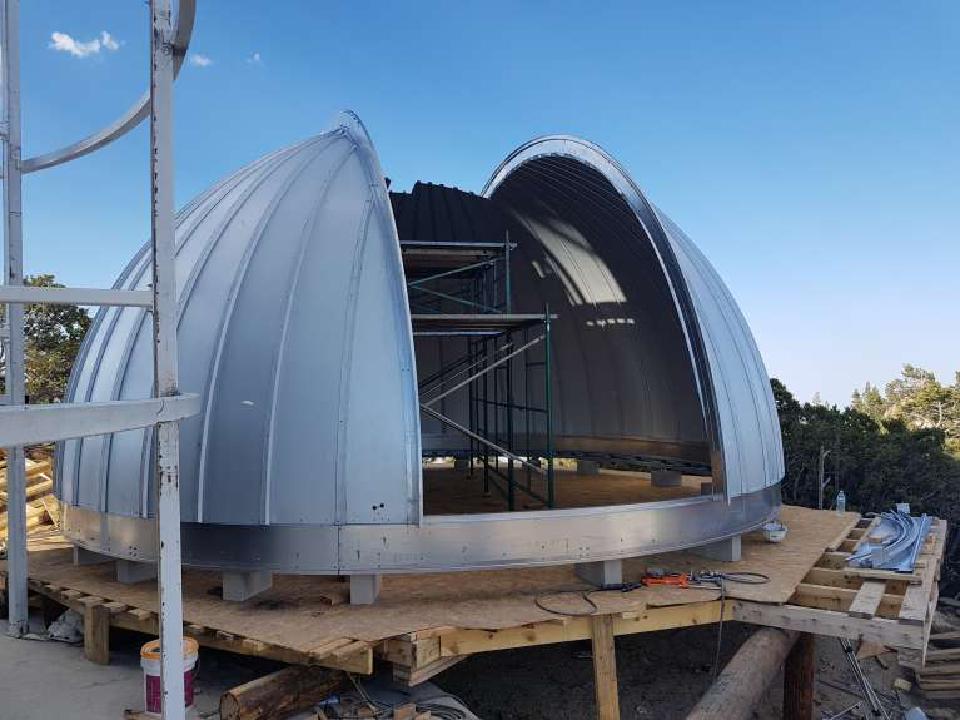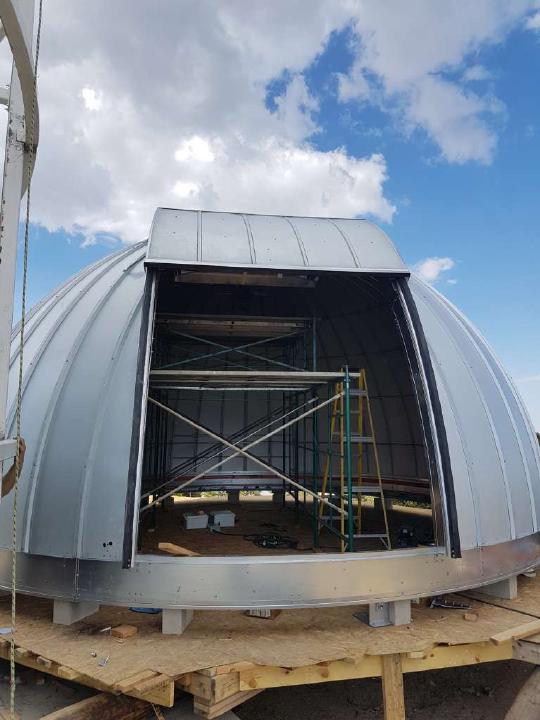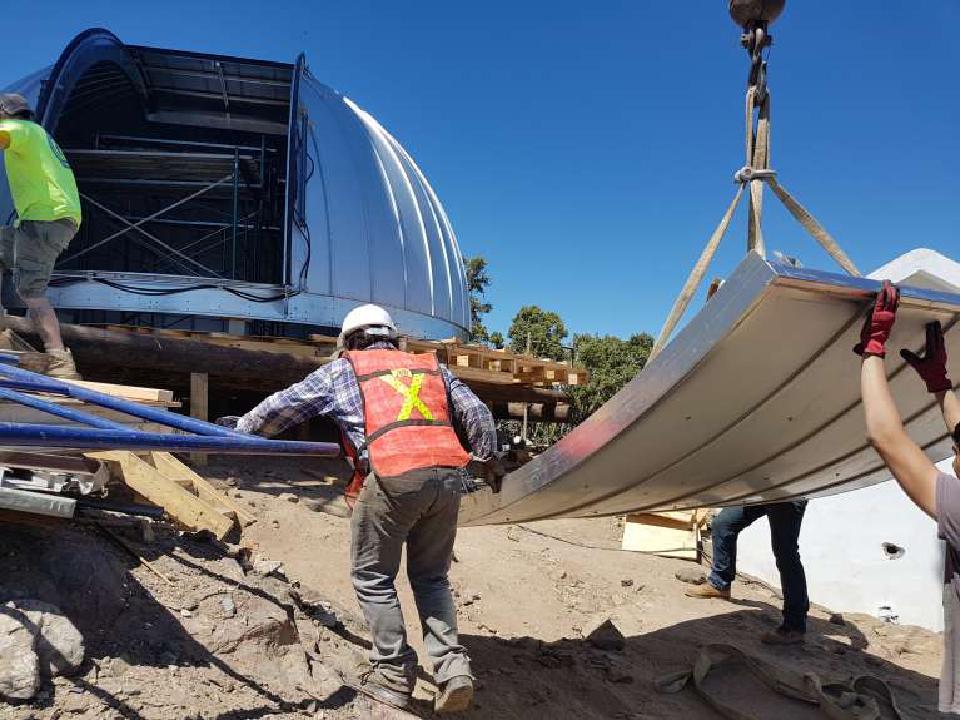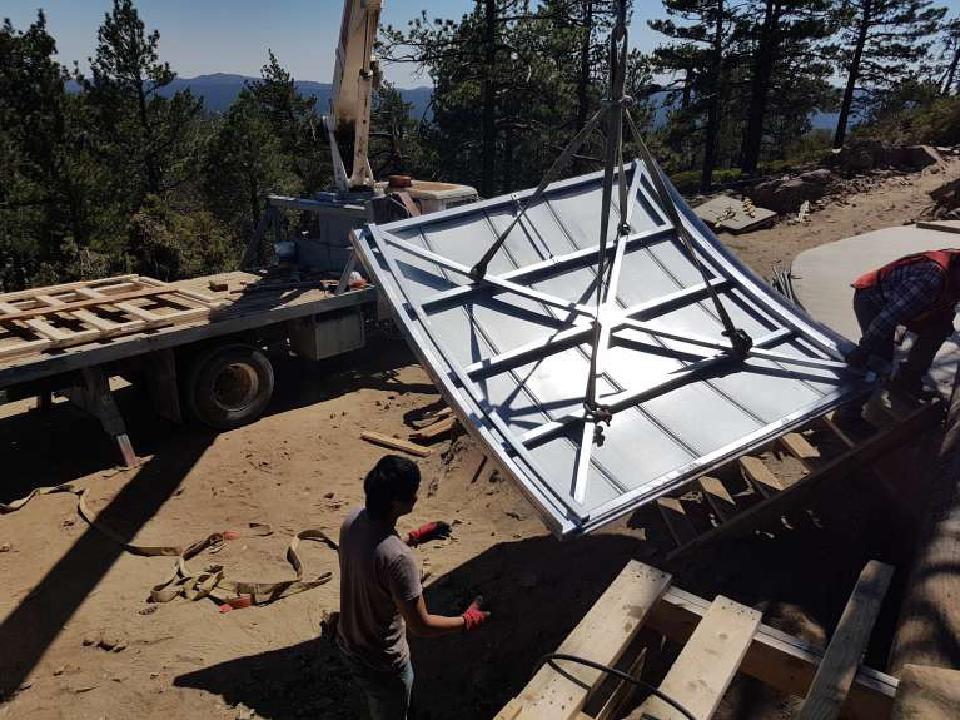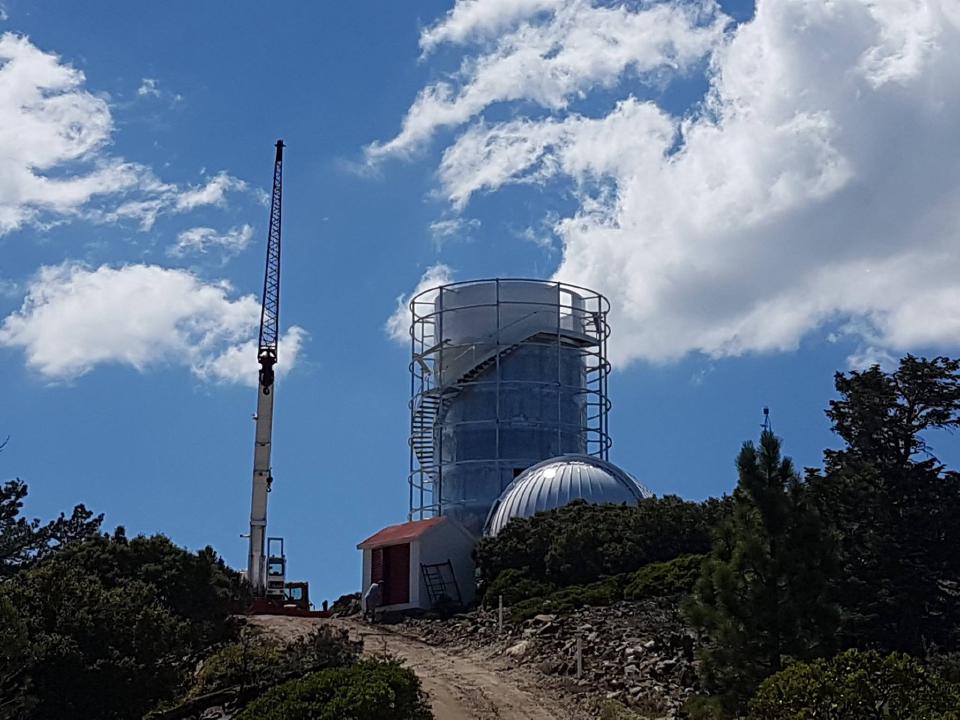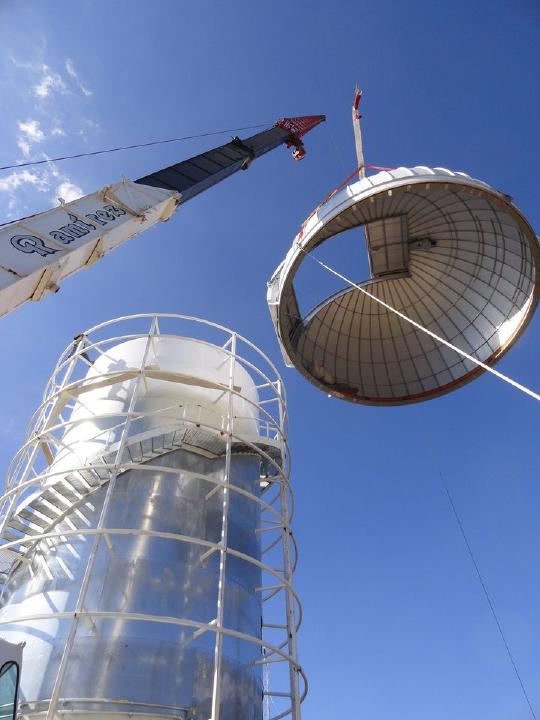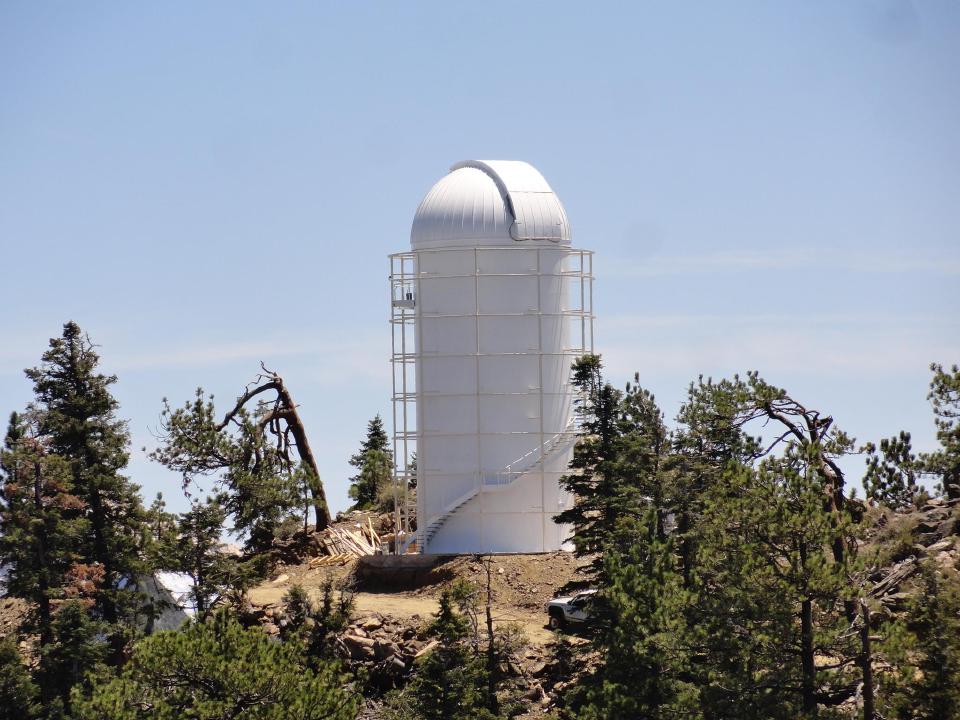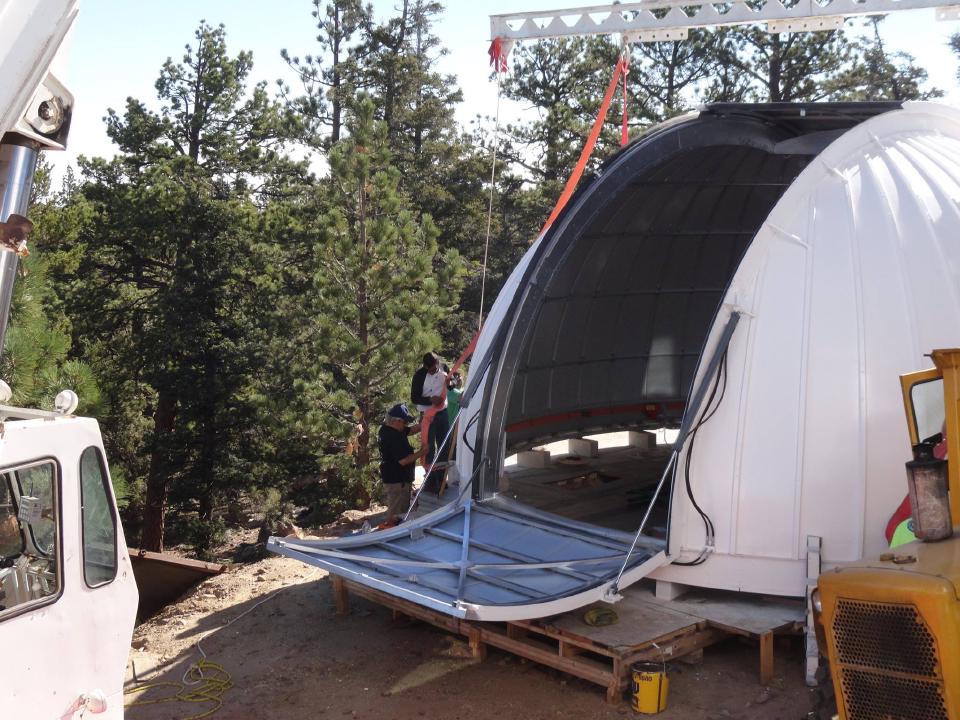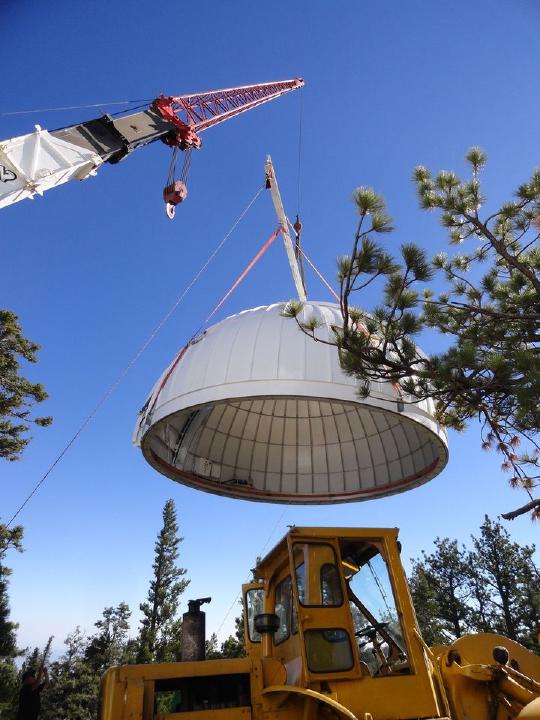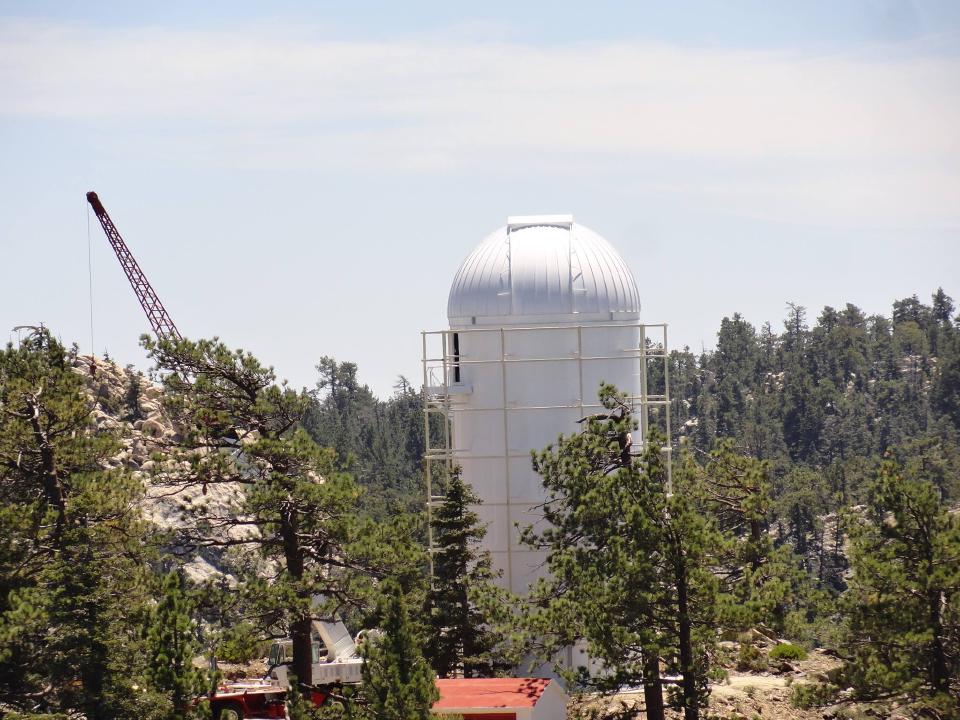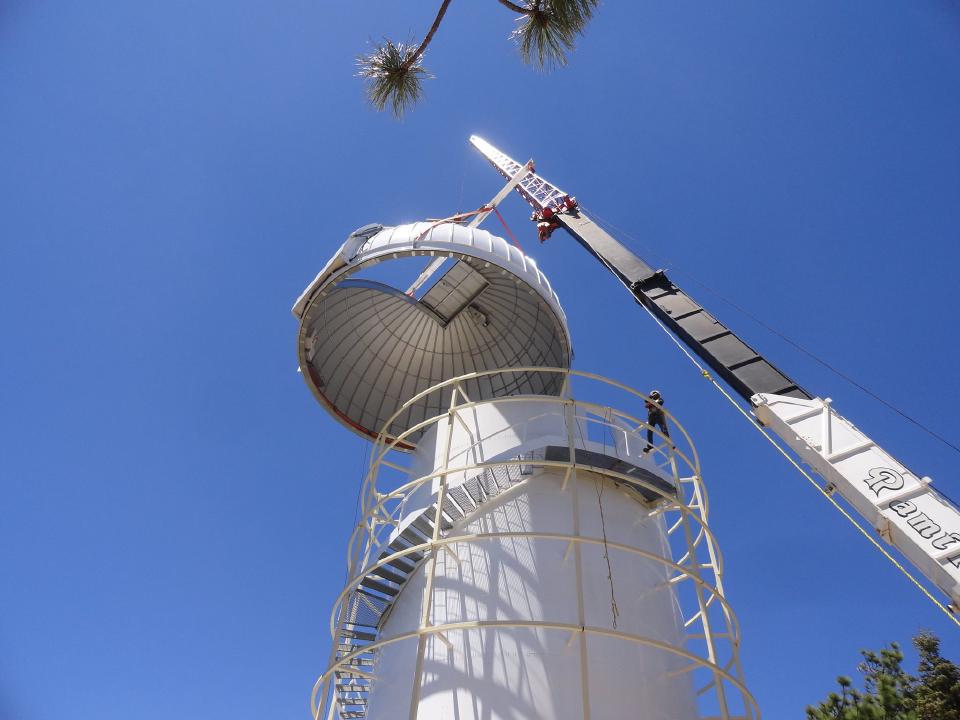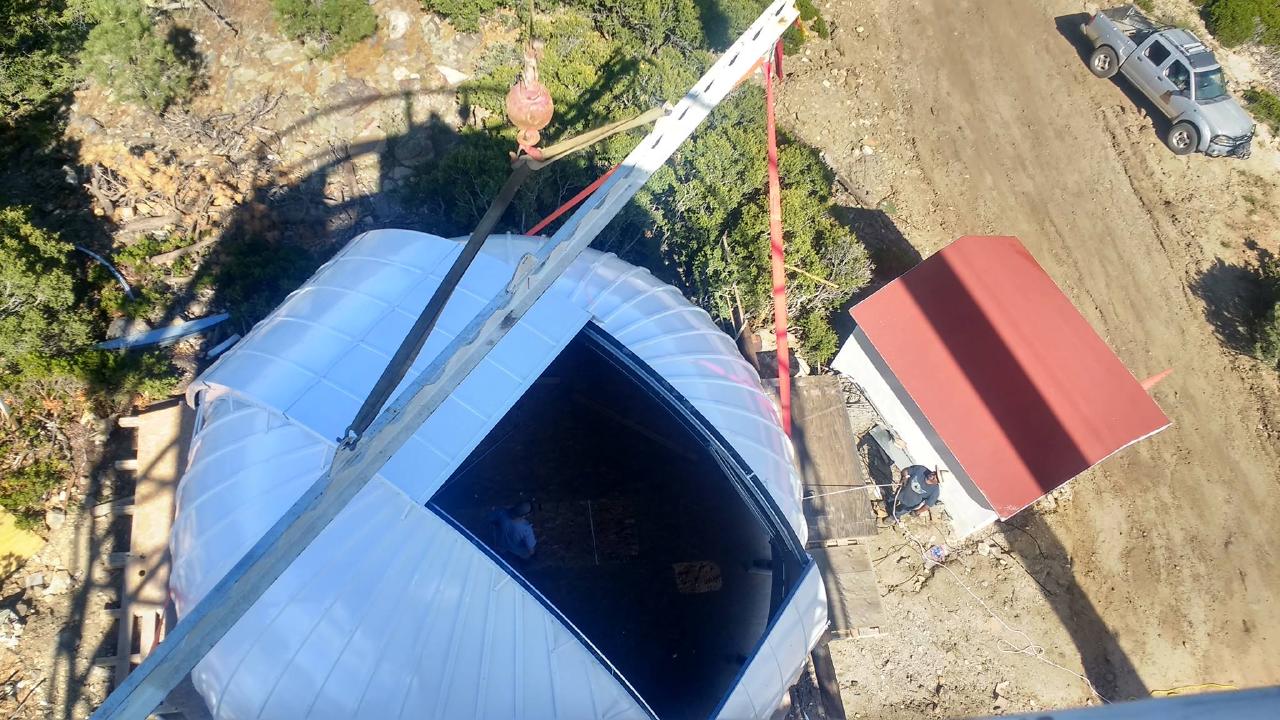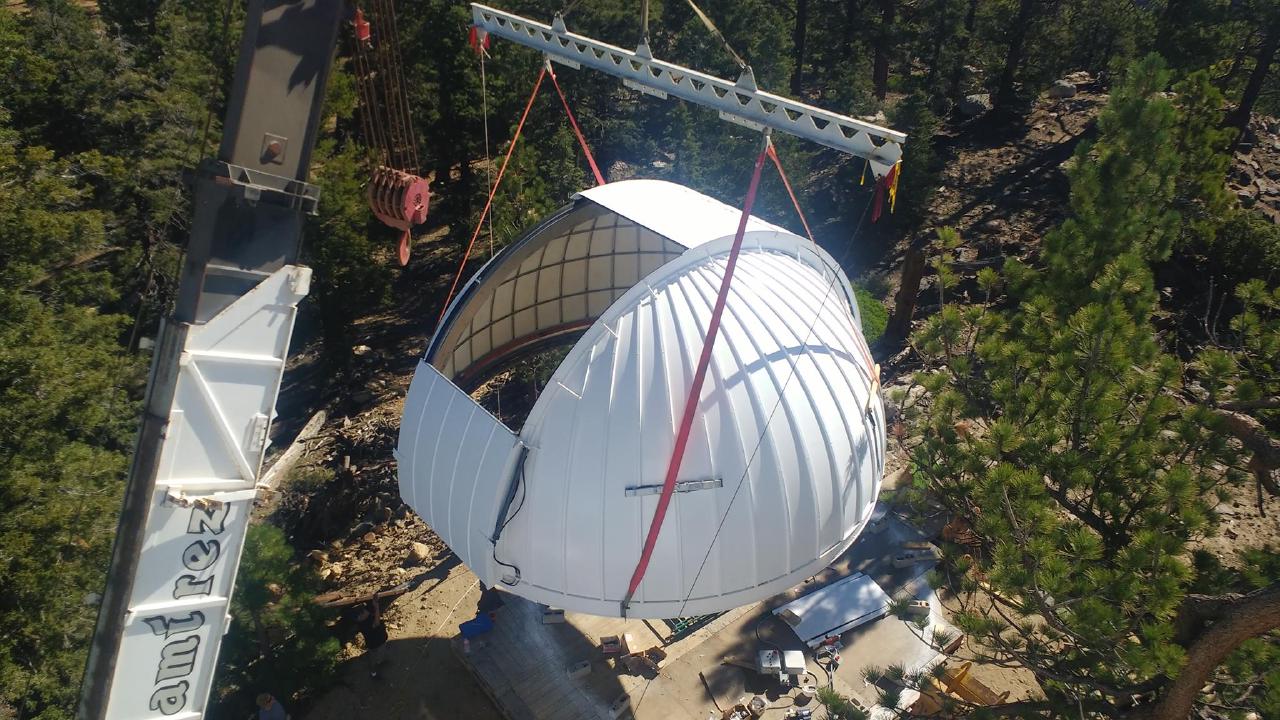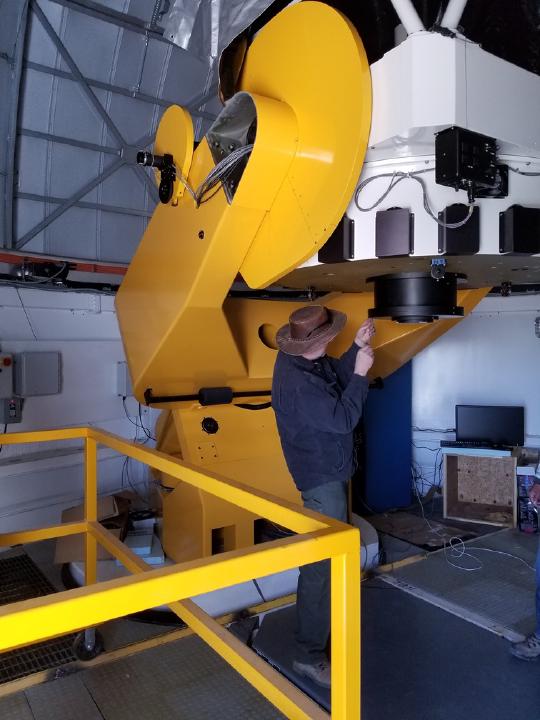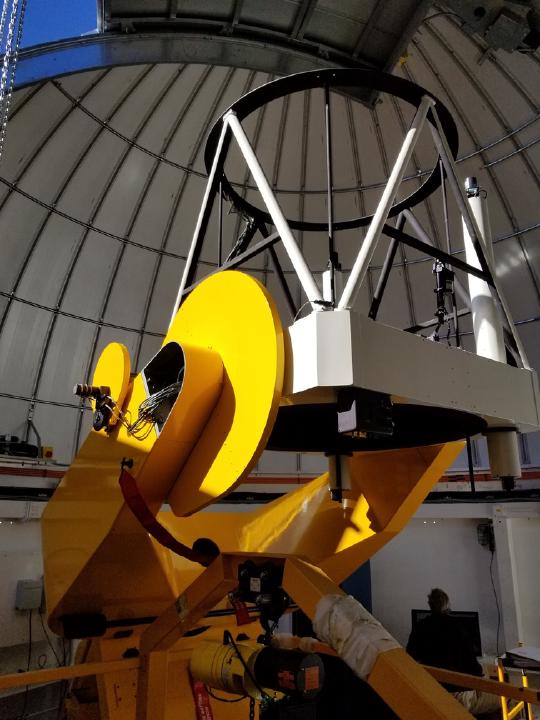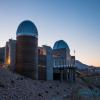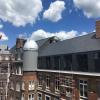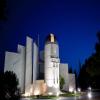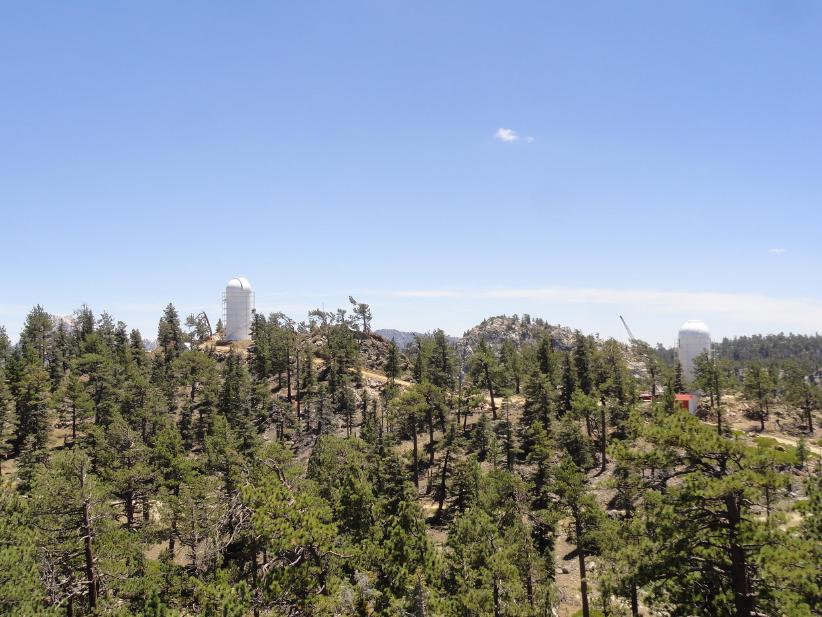
TAOS II, the Transneptunian Automated Occultation Survey, will measure the size distribution of small objects (~1 km diameter) in the Kuiper Belt and beyond. The Kuiper Belt size distribution is of scientific interest because it provides important information on the formation and dynamical evolution of the Solar System. Furthermore, the Kuiper Belt is thought to be the source of the short period comets, and an accurate census of these small objects can help us understand the mechanism by which an object in the Kuiper Belt Is perturbed into a cometary orbit. Such objects are impossible to detect directly because they are too faint to be seen with even the largest telescopes. However, when such an object passes in front of a star, the star will “blink out” for a small fraction of a second. The detection and characterization of these occultation events are the primary science goals of this survey.
TAOS II will build upon the successful operation of a precursor survey, TAOS I. The survey will operate three medium sized telescopes at the Observatorio Astronomico Nacional (OAN) at San Pedro Mártir (SPM) in Baja California, México. Each telescope will be equipped with a custom high-speed camera capable of collecting image data on more than 10,000 stars at a readout cadence of 20 Hz. The resulting data volume will be enormous, with over 300 terabytes per year of raw image data.
TAOS II is located at the Observatorio Astronomico Nacional (OAN) at San Pedro Mártir (SPM) in Baja California, México. The observatory is located at longitude 115°27´49" E. 31°02´39" N., and is at an altitude of 2,830 meters. SPM, run by TAOS II partner UNAM, has excellent observing characteristics. The weather is good, averaging around 290 clear nights per year. The nominal seeing is 0.6 arc sec, and the sky is very dark (V = 21.5 mag/sq. arc sec, R = 20.7 mag/sq. arc sec). The state of Baja California has recently enacted a light pollution ordinance, so the sky should remain dark for the foreseeable future.
TAOS II has procured three telescopes from DFM Engineering, Inc. in Longmont, Colorado. Each of the three identical telescopes has a 1.3 meter diameter primary mirror and a Cassegrain focus. The wide field telescopes are F/4, and image a 2.3 square degree field onto a circle of 154 mm diameter at the focal plane. The optical quality of the telescopes is such that 80% of the enclosed energy of a star will fall within a circle of 0.8" on axis, and 1.0" at the edge of the field

